Richard Avedon
is like the gorilla in the room. So big and so embedded in the average photographer’s psyche, that I totally overlooked covering anything he’s ever done. Kind of like every brand of gelatin dessert is referred to as Jello. Whether it’s Jello or not. Hence his absence here at Anatomy Films. What more can be said about this icon that’s not already on the internet?
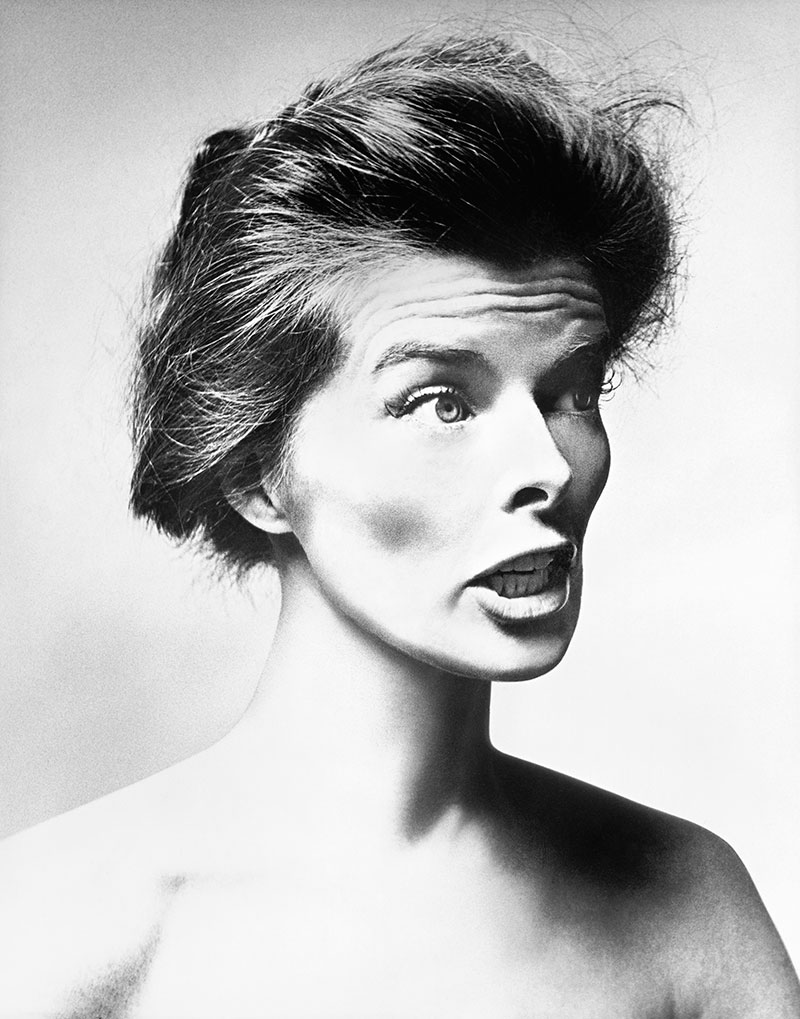
Richard Avedon – Fashion or Portrait?
Richard Avedon was called the greatest fashion photographer that ever existed. But if you’re going to put him in any genre box, I’d vote for Portraitist. His minimalist portraits set a very high bar. And I think he thought of himself as a portraitist. Especially if you consider his 8×10 portrait work that consumed the latter half of his life. From working as a photographer with the Merchant Marines to his move to fashion, and finally shooting for Harper’s Bazaar and Vogue, his career was like a shooting star . Many say it was Avedon who brought movement to fashion. Which was quite staid and motionless at the time.
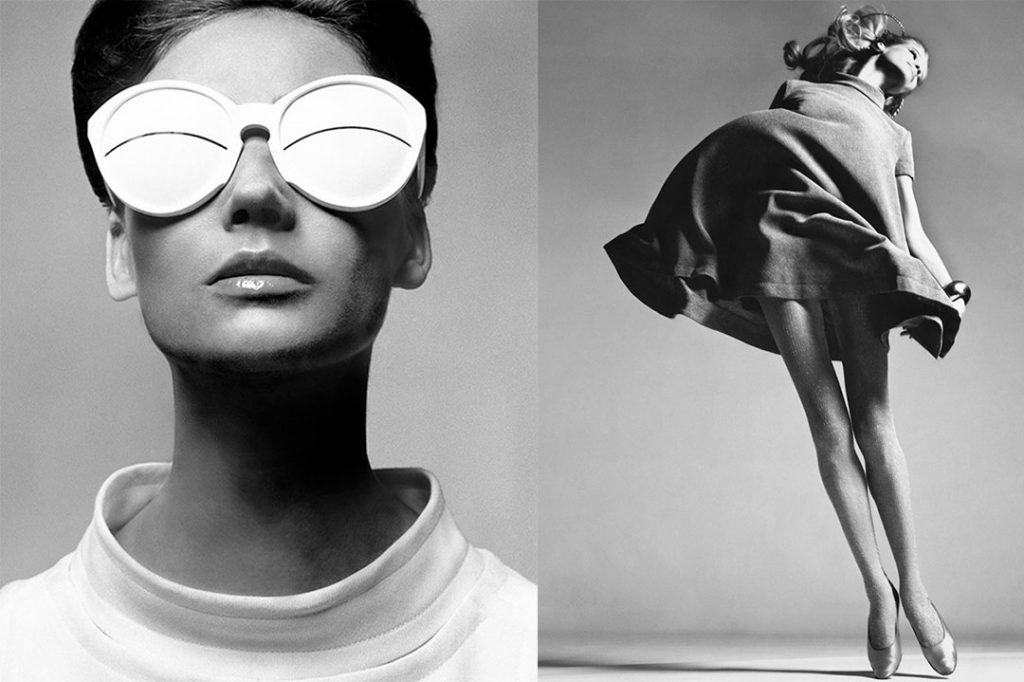
He was born in 1923 in New York City. His parents were in the NYC rag trade. When he was 12, he joined the YMHA just to join their camera club. So, photography was a very early interest.
Photography and the War
While he did seem intellectually promising in high school, winning the “Poet Laureate of New York City High Schools”, and then enrolling in Columbia University to study philosophy and poetry, the war got in the way. So he joined the United States Merchant Marines, which was quite dangerous in WWII. But it was there he honed his photographic prowess as a Photographer’s Mate Second Class. He was in the US Merchant Marines from 1942 to 1944.
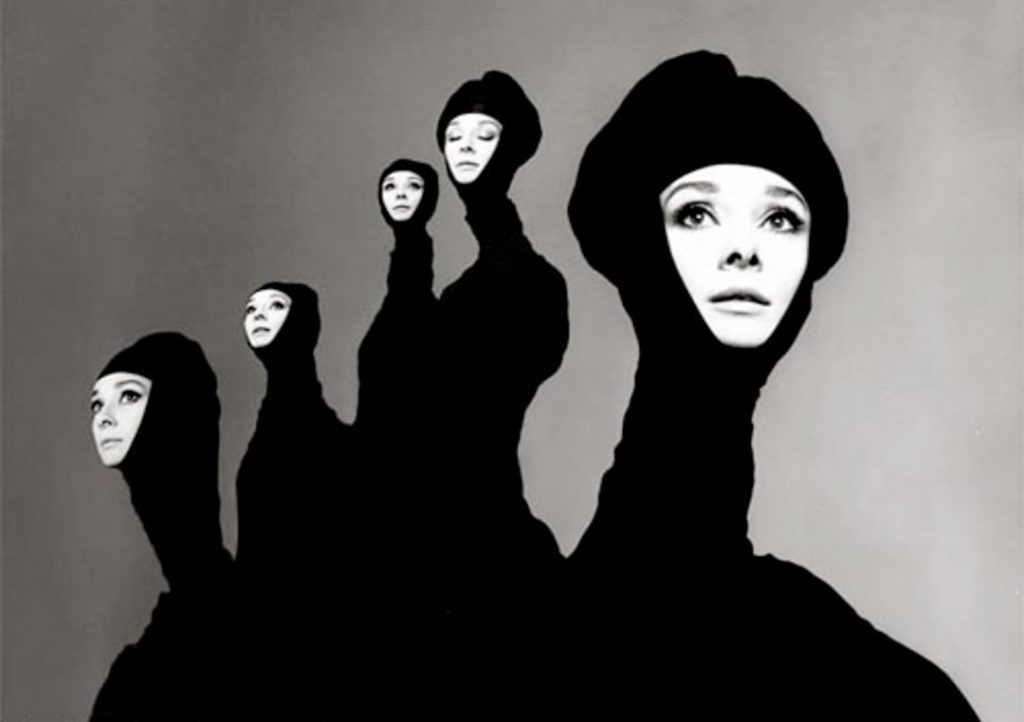
In 1944, Avedon studied under Alexey Brodovitch, the acclaimed art director of Harper’s Bazaar. He was soon hired as a staff photographer for the magazine. In the late1940s and early 1950s he was assigned shooting all the latest fashions for Harper’s Bazaar on the streets of Paris, where he used the cafes, the cabarets and the streetcars as backdrops. He was already established in the fashion business when he did a photo shoot at a circus with model Dovima and some circus elephants. Having a model wear a Dior gown, juxtaposed against a circus background, was quite progressive at the time. The photograph became an iconic image and pretty much cemented Avedon’s position in the fashion world.
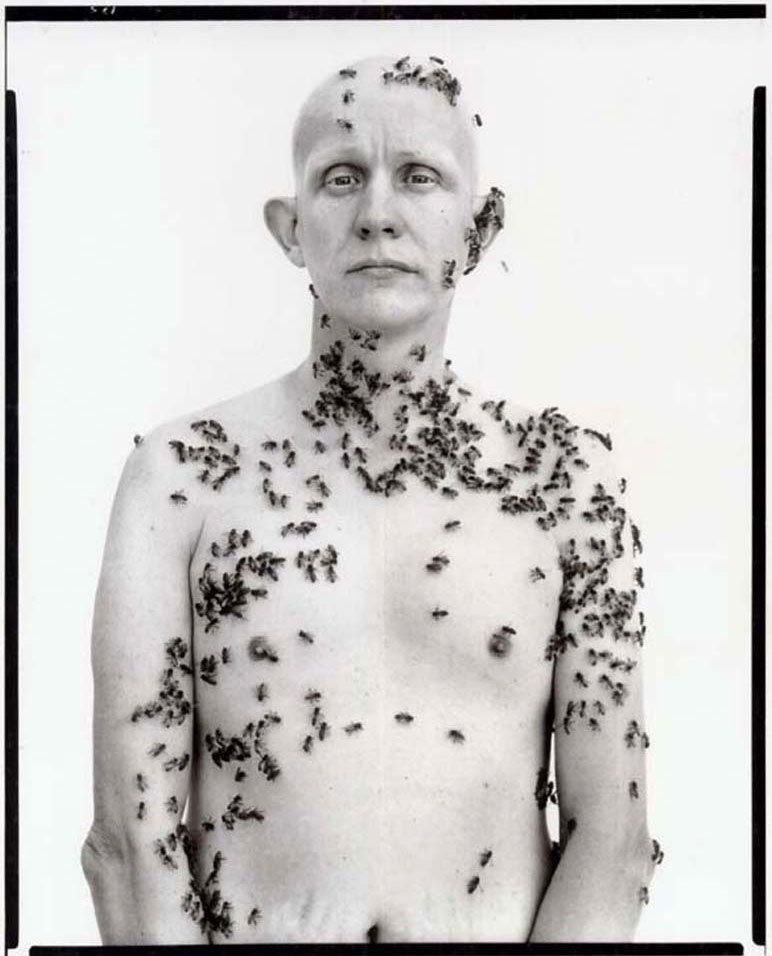
20 Years of Harper’s Bazaar
While he produced fashion photos for Harper’s Bazaar for 20 years, well into the mid-sixties, it was his black and white portrait work of the rich and famous that elevated his iconic status. All the musicians, actors, politicians, artists and writers of the day came under the talented lens of Avedon. And his sitters were happy to do so. He worked mostly for Vogue and the New Yorker in later years.
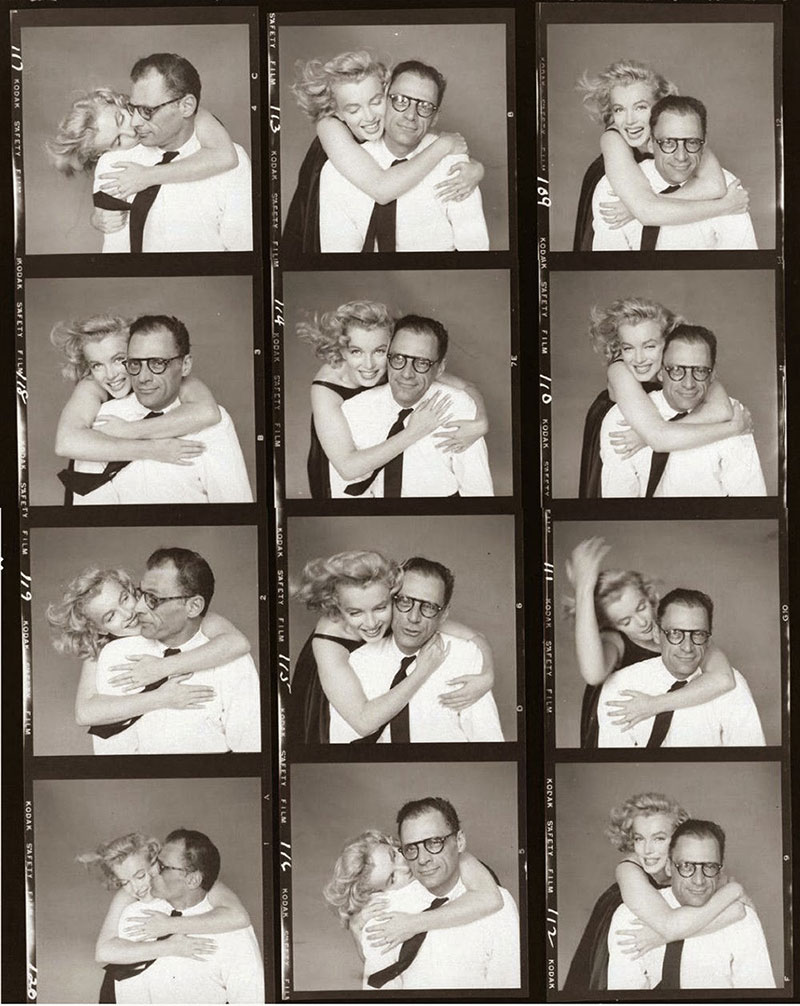
Avedon Cameras
His myriad of books, which are quite extensive and large, are all coveted. His cameras of choice throughout his career were the Rolleiflex 2.8F for medium format, and later in his career, the Deardorff 8×10 and Sinar 8×10 for large format. While he did quite a bit of color photography, it was his black and white work that became most memorable. Sort of like Helmut Newton.
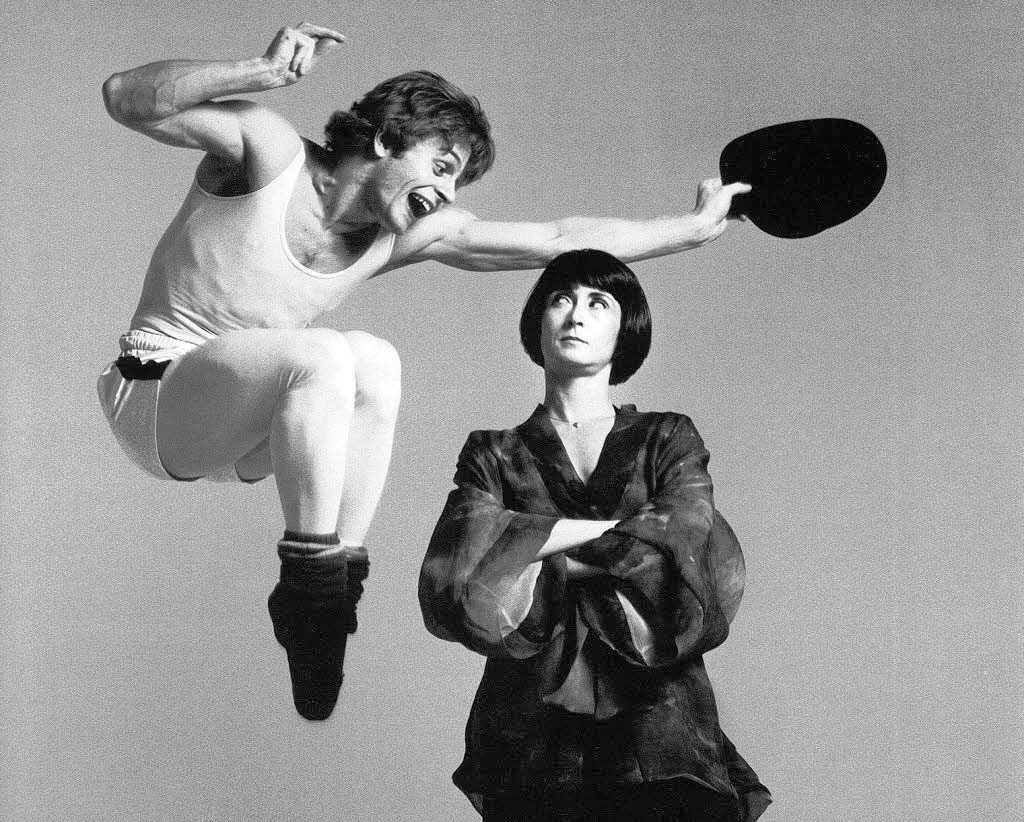
Richard Avedon died in 2004 while on assignment for the New Yorker. He was 81. See the Avedon Foundation link below for more spectacular images.
The Avedon Foundation Website

